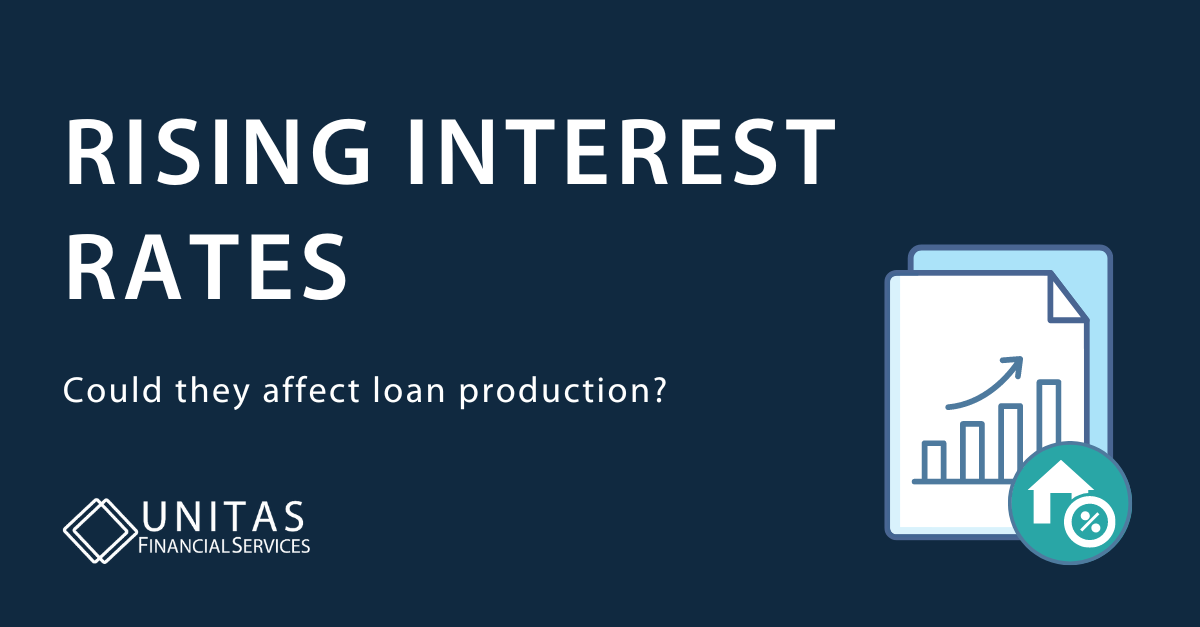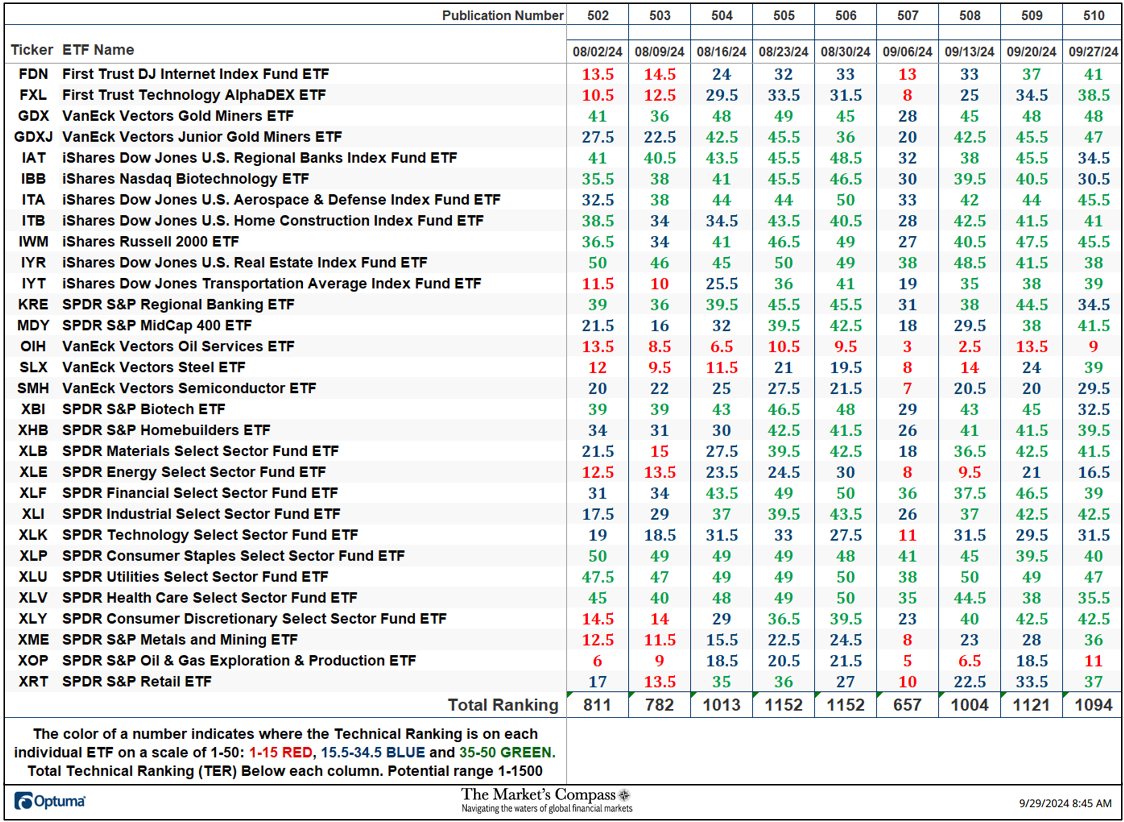In the competitive landscape of the hospitality industry, delivering exceptional guest experiences is key to attracting and retaining customers. According to a study by McKinsey, hotels that personalize the customer experience can increase revenues by 10% to 30%.
With the rise of artificial intelligence (AI), hotels have an unprecedented opportunity to leverage data-driven insights to personalize guest interactions and maximize revenue. AI-Driven Personalization can help hotels tailor their services, offers, and communications to meet the unique needs and preferences of each guest, ultimately leading to increased satisfaction, loyalty, and revenue.
AI-Driven Personalization: Benefits for Hospitality

AI-driven personalization involves using machine learning algorithms to analyze guest data and behavior patterns to predict their preferences and needs. By harnessing the power of AI, hotels can create highly personalized experiences across various touchpoints, including booking, check-in, room amenities, and post-stay communications. This includes benefits such as:
1. Enhanced Guest Experiences: Personalized recommendations for room upgrades, dining options, and local attractions can enhance the overall guest experience, leading to higher satisfaction rates and positive reviews. This, in turn, can lead to increased loyalty and repeat bookings.
2. Personalized Offers: By analyzing guest data, hotels can offer personalized promotions and packages tailored to individual preferences, such as spa treatments for guests who have previously booked wellness services. This level of customization can create a sense of exclusivity and cater to the unique needs of each guest.
3. Data-Driven Insights: AI-powered analytics can provide valuable insights into guest preferences and behavior, enabling hotels to make informed decisions about pricing, marketing strategies, and service offerings. These insights can help hotels anticipate guest needs and tailor services accordingly, enhancing the overall guest experience.
4. Improved Operational Efficiency: AI can streamline operations by automating tasks such as check-in, room allocation, and personalized messaging, freeing up staff to focus on delivering exceptional service. This results in improved operational efficiency, cost savings, and a more efficient use of resources leading to faster response times to guest requests, thus enhancing guest satisfaction.
5. Dynamic Pricing: Hotels can use AI algorithms to adjust room rates in real time based on demand, seasonality, and competitor pricing, maximizing revenue per available room (RevPAR). This dynamic pricing strategy can help hotels optimize revenue and stay competitive in the market. Moreover, it can help hotels capitalize on sudden changes in demand, maximizing revenue during peak periods.
6. Targeted Marketing: AI can enable hotels to create targeted marketing campaigns based on guest profiles and preferences, increasing the likelihood of conversion and repeat bookings. This personalized approach can lead to higher engagement and a stronger connection with guests.
7. Increased Revenue: By offering personalized upsell and cross-sell opportunities, hotels can boost revenue per guest stay. For example, a hotel could offer a premium room upgrade to a guest who has previously shown a preference for luxury amenities. This can lead to higher average spend per guest and a more profitable business model. Furthermore, increased revenue from upselling and cross-selling can help hotels offset other costs, such as offering discounts or promotions to attract new guests.
Marriott International, a leading hotel chain, has successfully implemented AI-driven personalization to enhance guest experiences and drive revenue. By leveraging AI-powered chatbots, Marriott has been able to provide personalized recommendations and assistance to guests throughout their stay, leading to higher satisfaction levels and increased loyalty.
Maximizing Revenue: Working in Tandem with AI and CDP

AI and a martech tool such as a Customer Data Platform (CDP) can form a powerful partnership to enhance marketing efforts and maximize revenue. The CDP is a centralized repository for all customer data, including demographic information, purchase history, online behavior, and engagement metrics across various channels. AI algorithms can then analyze this data to derive actionable insights and create personalized marketing campaigns.
For example, AI can segment customers based on their behavior and preferences, allowing marketers to tailor their messages and offers more effectively. Additionally, AI can predict customer behavior, such as the likelihood of making a purchase or responding to a specific campaign, enabling marketers to optimize their strategies for maximum impact.
By leveraging the combined capabilities of a CDP and AI, hospitality marketers can deliver more relevant and timely messages to their audience, leading to increased engagement, loyalty, and ultimately, increased revenue.
In Conclusion
Research by Adobe found that 77% of hotel guests are open to sharing personal information if it leads to a more personalized experience. AI-driven personalization has the potential to revolutionize the hotel or hospitality industry by enabling hotels to deliver highly tailored experiences that drive guest satisfaction and revenue. By leveraging tools like CDPs and using AI algorithms to analyze guest data and behavior patterns, hotels can create personalized offers, recommendations, and communications that enhance the overall guest experience.
As AI continues to evolve, hotels that embrace these technologies will have a competitive edge in attracting and retaining guests in an increasingly competitive market.
By Bijoy K.B | Associate Director – Marketing at Lemnisk












 Current Environment
Current Environment










